Report this entry
More from the same community-collection
Photography by Carolina Alvarez
There is nothing more pleasing and rewarding than witnessing the ...
Photography by Carolina Alvarez
There is nothing more pleasing and rewarding than witnessing the ...
Photography by Carolina Alvarez
There is nothing more pleasing and rewarding than witnessing the ...
Photography by Carolina Alvarez
There is nothing more pleasing and rewarding than witnessing the ...
Photography by Cecilia Fuentes (Cici Fuentes)
There is nothing more pleasing and rewarding than witnessing the ...
Photography by Cecilia Fuentes (Cici Fuentes)
There is nothing more pleasing and rewarding than witnessing the ...
Photography by Christian Igresias (Christian Churches)
There is nothing more pleasing and rewarding than witnessing the ...
Photography by Christian Igresias (Christian Churches)
There is nothing more pleasing and rewarding than witnessing the ...
Photography by Christian Miguel Nassri Ortiz
There is nothing more pleasing and rewarding than witnessing the ...
Photography by Christian Miguel Nassri Ortiz
There is nothing more pleasing and rewarding than witnessing the ...
Photography by Christopher Morales
There is nothing more pleasing and rewarding than witnessing the ...
Photography by Christopher Morales
There is nothing more pleasing and rewarding than witnessing the ...
Photography by Claudia Flores Ramirez (Gigi Flores)
There is nothing more pleasing and rewarding than witnessing the ...
Photography by Claudia Flores Ramirez (Gigi Flores)
There is nothing more pleasing and rewarding than witnessing the ...











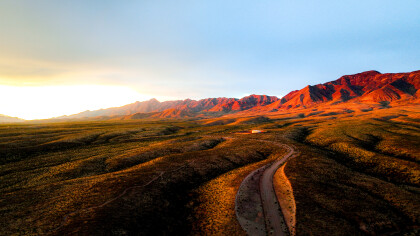

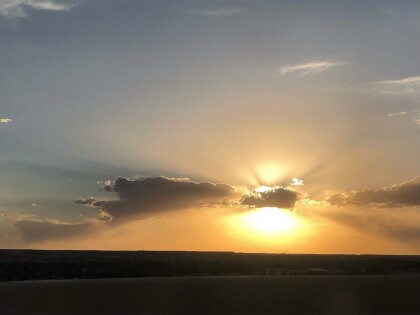
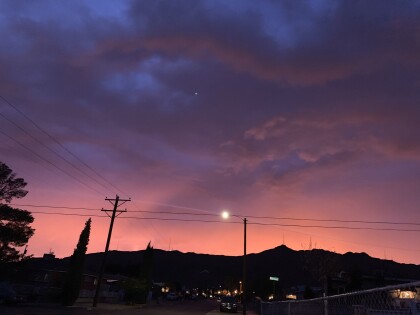

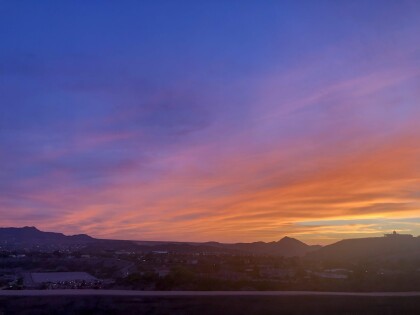


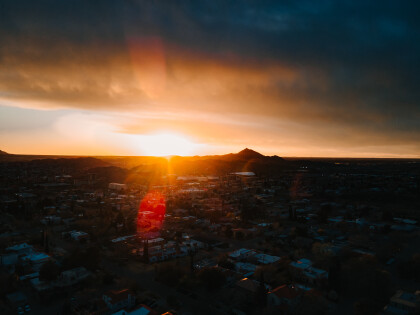
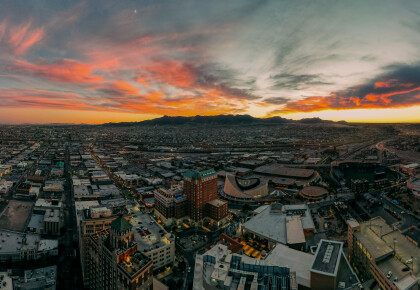
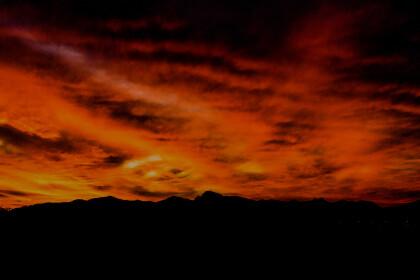
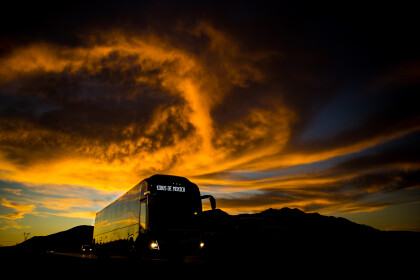
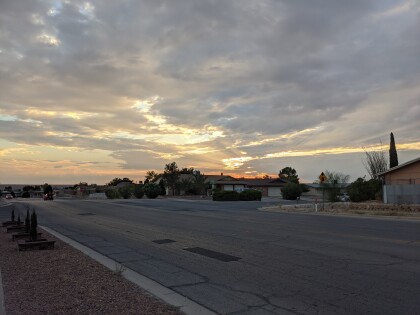
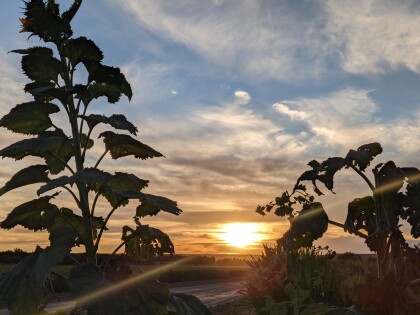

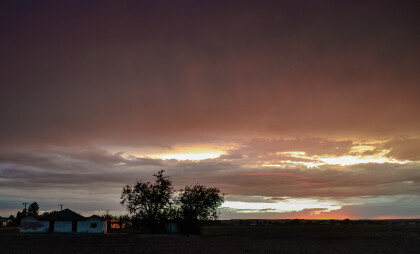
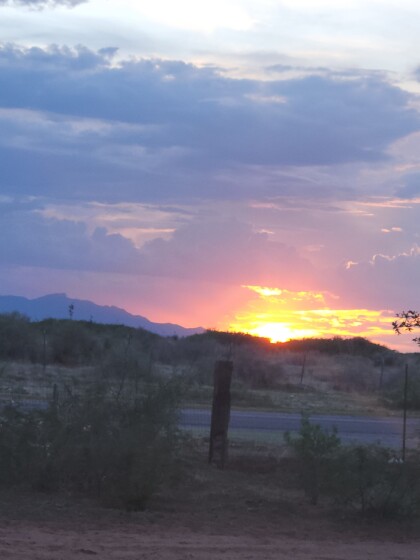
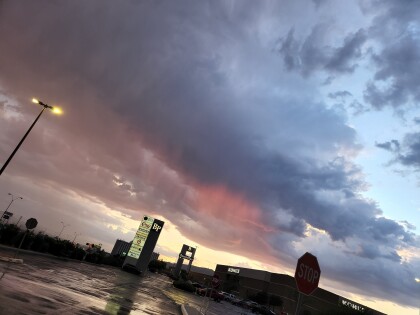
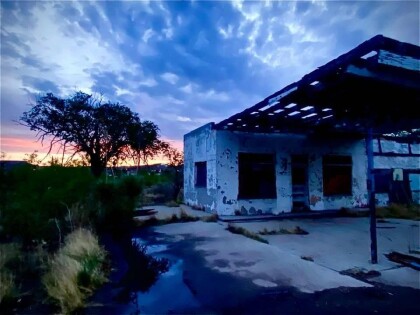
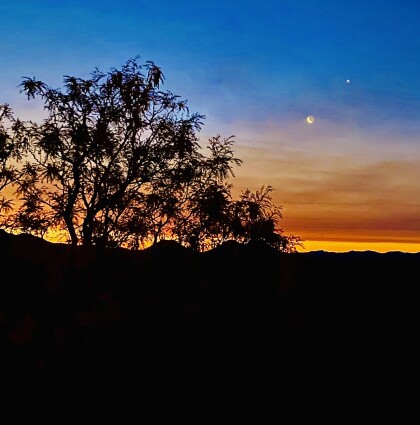

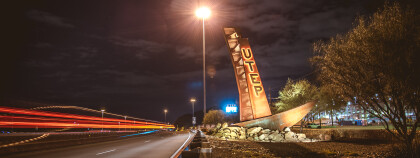
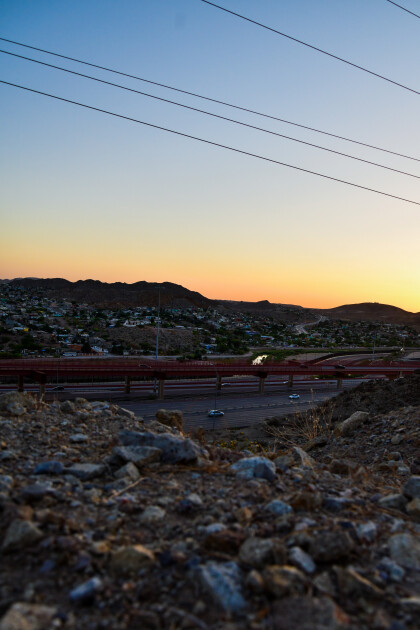
Comments
Add a comment